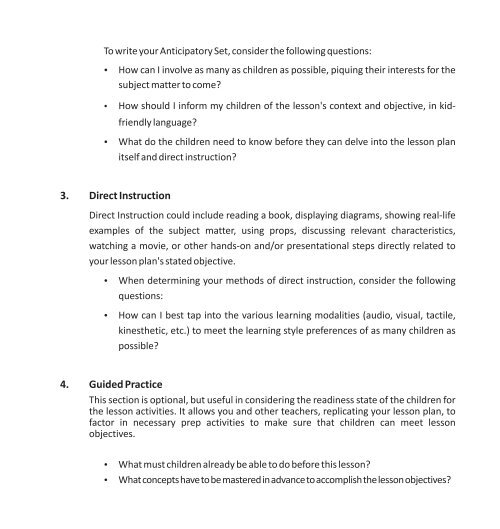Essentials for the Children's Minstry Teacher
Essentials for The Children's Ministry Teacher is a timely manual that provides a helpful guide filled with useful ideas and insight about the children's ministry and the kind of impact it should provide in church settings. It redefines the role of the children's ministry teacher as a Biblical Faith facilitator, being one who supports and reinforces the faith sharing initiatives of parents in the family. It presents children as a harvest field of souls waiting to be harvested for God's use and service to others. It is a must have book for children's ministry departmental teachers, pastors, parenting educators, parents and new church start-ups.
Essentials for The Children's Ministry Teacher is a timely manual that provides a helpful guide filled with useful ideas and insight about the children's ministry and the kind of impact it should provide in church settings. It redefines the role of the children's ministry teacher as a Biblical Faith facilitator, being one who supports and reinforces the faith sharing initiatives of parents in the family.
It presents children as a harvest field of souls waiting to be harvested for God's use and service to others. It is a must have book for children's ministry departmental teachers, pastors, parenting educators, parents and new church start-ups.
Create successful ePaper yourself
Turn your PDF publications into a flip-book with our unique Google optimized e-Paper software.
To write your Anticipatory Set, consider <strong>the</strong> following questions:<br />
How can I involve as many as children as possible, piquing <strong>the</strong>ir interests <strong>for</strong> <strong>the</strong><br />
subject matter to come?<br />
How should I in<strong>for</strong>m my children of <strong>the</strong> lesson's context and objective, in kidfriendly<br />
language?<br />
What do <strong>the</strong> children need to know be<strong>for</strong>e <strong>the</strong>y can delve into <strong>the</strong> lesson plan<br />
itself and direct instruction?<br />
3. Direct Instruction<br />
Direct Instruction could include reading a book, displaying diagrams, showing real-life<br />
examples of <strong>the</strong> subject matter, using props, discussing relevant characteristics,<br />
watching a movie, or o<strong>the</strong>r hands-on and/or presentational steps directly related to<br />
your lesson plan's stated objective.<br />
When determining your methods of direct instruction, consider <strong>the</strong> following<br />
questions:<br />
How can I best tap into <strong>the</strong> various learning modalities (audio, visual, tactile,<br />
kines<strong>the</strong>tic, etc.) to meet <strong>the</strong> learning style preferences of as many children as<br />
possible?<br />
4. Guided Practice<br />
This section is optional, but useful in considering <strong>the</strong> readiness state of <strong>the</strong> children <strong>for</strong><br />
<strong>the</strong> lesson activities. It allows you and o<strong>the</strong>r teachers, replicating your lesson plan, to<br />
factor in necessary prep activities to make sure that children can meet lesson<br />
objectives.<br />
What must children already be able to do be<strong>for</strong>e this lesson?<br />
What concepts have to be mastered in advance to accomplish <strong>the</strong> lesson objectives?


